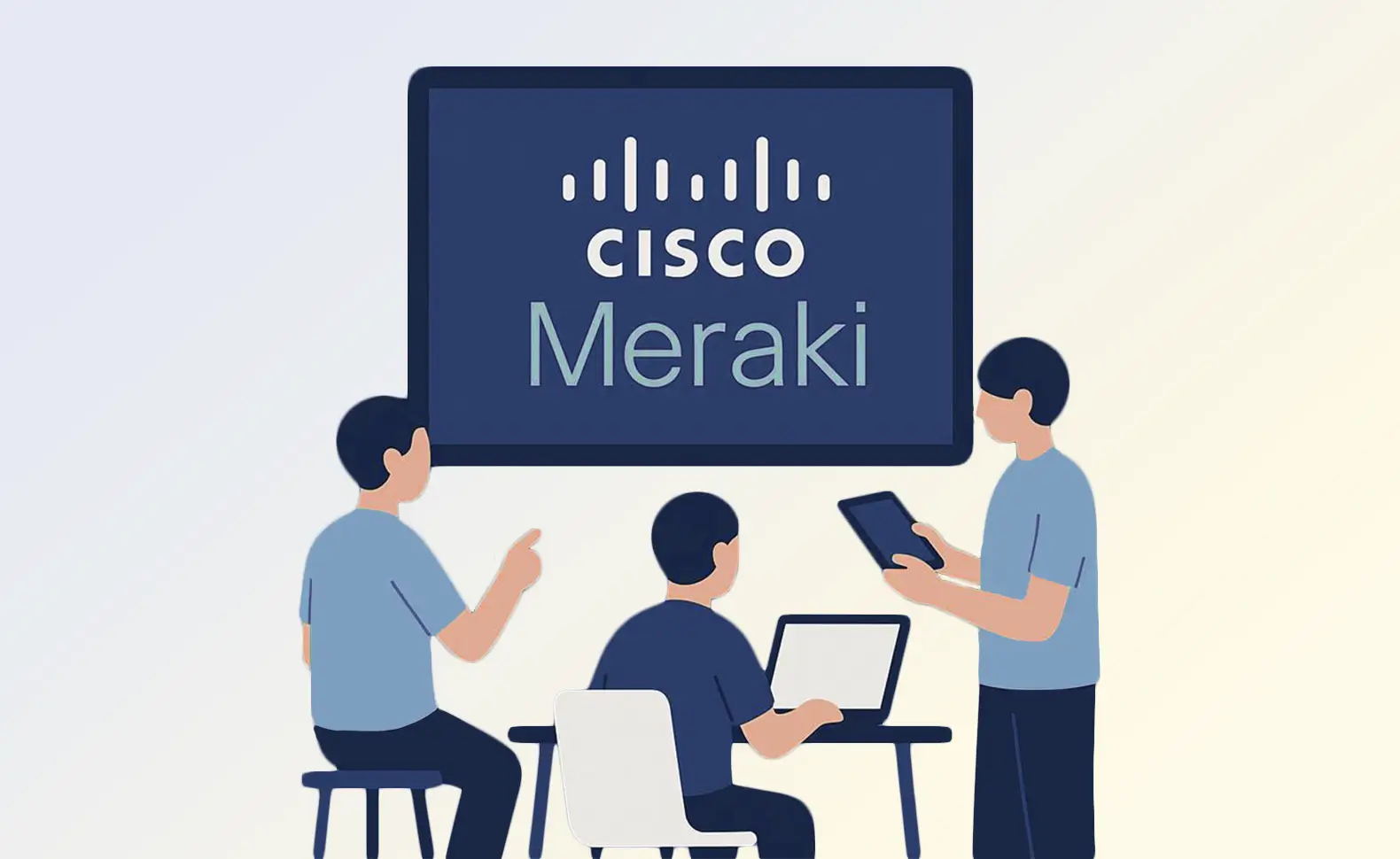
You can call yourself lucky if you only have one site where IT systems need to be scanned. This means that your IT network is not “enhanced” with the complexity of distributed locations. If you need to inventory more than one site, please remember to always store certain information in a central location. Data backup and availability are reasons enough for that. The inventory data of your IT documentation is also part of this information.
You will have to act differently, depending on whether you are dealing with legally independent companies or with multiple sites of the same enterprise. If the companies are independent, you might need to delimit your activities for each separate company, even if the IT department is responsible for all of them. Maybe you will have to define different tenants for this purpose. The more straightforward case is that one company just has different sites. In this case, all solutions can be applied to all sites. Permission analysis, license management, and the entire IT documentation can be bundled. However, it is recommended to agree the desired procedure with your corporate management.
In any case, it is easier if all data is maintained in a single database. The advantage is that you can create and update your IT manuals with significantly less effort. You only need a single inventory database from which all information can be queried. This is an important aspect to take into account when defining your inventory jobs. With Docusnap, there are several ways to respond to this challenge.
IT documentation for multiple companies
You will have to make sure that each location and each company is treated as what it is – an independent company. Even if it is part of a corporate group. They actually see you as an external service provider. In Docusnap, you can implement this requirement through the multi-tenant capability of the software. Here, you will need the additional Multi-License module. It allows you to create multiple companies and maintain their information and responsibilities separately. For example, if someone from company A requires access to the data in the Docusnap database, you limit this access to the respective tenant.
One company with multiple sites
From the IT point of view, the variant with one company simply having multiple sites is unproblematic. There is no real reason to handle licenses and data using separate databases, except if corporate management wants it that way. With Docusnap, you can combine all data and store it in the same tenant. Depending on the bandwidth of the corporate network connections, you can start your inventory scan jobs from a central location and write them to the database. Alternatively, the inventory scripts that come with the software can be employed. However, this would require a greater configuration effort. If the network capacity is not sufficient for the required data transfers, you have two options:
- either run your inventory jobs at times when suitable data links are available
- or gather the data separately at the individual sites and transmit it collectively to the central location.
Different inventory options
It is obvious that the first variant will be easier to implement: Scan all IT systems, even those at remote sites, with the same Docusnap installation. If there is a large number of devices to be scanned, perform a standard inventory scan job from the central location. If only a handful of devices needs to be scanned, you can also use inventory scripts. They are helpful if the data link is not especially stable and breaks down from time to time. Simply start the scripts on the IT system at the remote location. The result is a relatively small xml file that must be transmitted to the central location where Docusnap is installed. There, it will be imported into the database. Make sure to perform both steps outside the usual business hours so that normal operation will not be affected. The import can be scheduled using the Docusnap Server. The advantage of bundling the transmission of the data from the inventory database is that you can freely select when you will do it, i.e. you choose the time when the data link is good enough.
Collecting the data in a decentralised manner from the remote locations, on the other hand, will require more effort. For this variant, you can either use a separate Docusnap installation or rely on inventory scripts again. If you opt for a separate Docusnap installation, you would have to export the database content after each scan and import it at the central location. These constant export and import procedures might prove problematic because errors can never be excluded. In addition, you would have to maintain and update the Docusnap installation accordingly.
It is up to you to find the most elegant and most suitable way of how to inventory remote sites. If ever possible, try and perform the inventory scans from a single installation and thus write all data directly to a central database.



